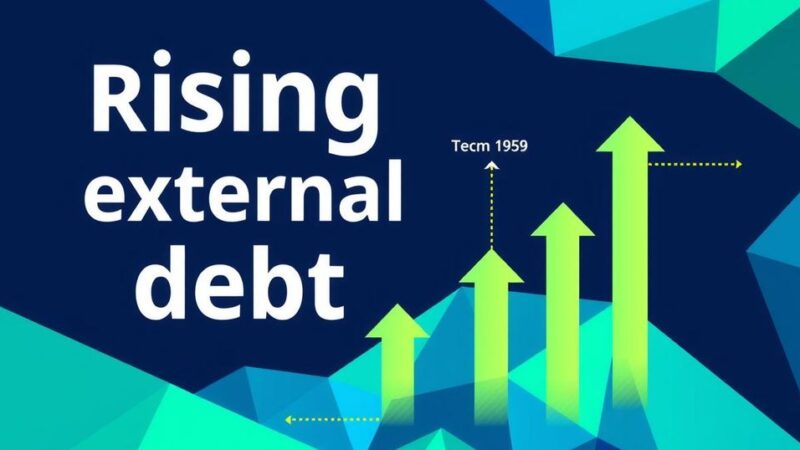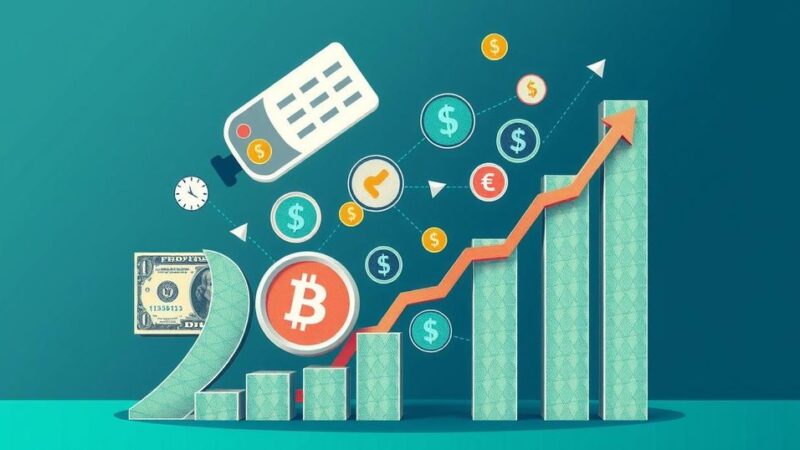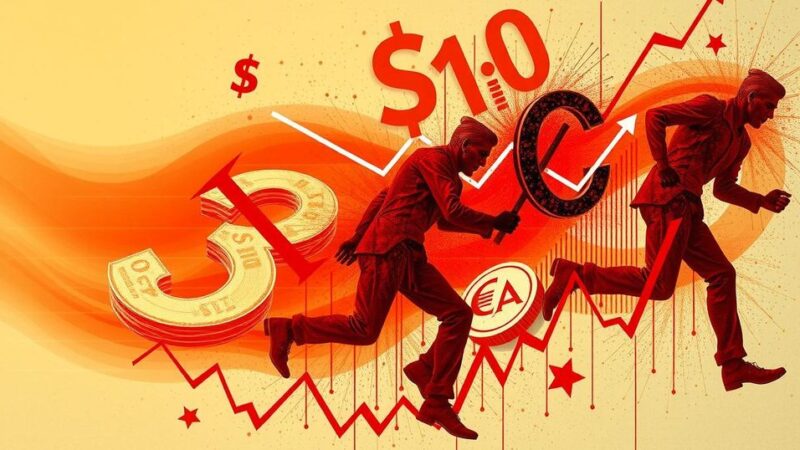Argentina is set to experience a resurgence in inflation rates, with a projected increase exceeding February’s rate of 2.9%. Contributing factors include seasonal pressures and currency instability amid significant declines in mass consumption. The basic food basket’s cost rises indicate ongoing economic struggles, while regional disparities in inflation rates further complicate the economic landscape.
Argentina’s inflation is projected to rise again this month following the National Institute of Statistics and Census (INDEC) report revealing a consumer price index increase of 2.4% in February. Analysts believe inflation in March may exceed the previous month’s core rate of 2.9%. While President Javier Milei’s administration touts its accomplishments, these developments coincide with a notable 10.2% drop in mass consumption last month.
Key factors contributing to inflation include seasonal pressures from the school year and rising transport costs, compounded by ongoing currency instability and economic adjustments. Notably, consumption has been in decline nationwide for the past 15 months, particularly in soft drinks, alcoholic beverages, and household items. In February 2025, there was a year-on-year contraction of 9.8%, although the decline rate has moderated since October 2024.
The basic food basket experienced a 3.2% rise in February, its most significant jump in six months, while the poverty line basket increased by 2.3%. An average family now requires AR$ 1,057,923 (approximately US$ 881.6 at the unofficial rate) monthly to stay above the poverty line, and AR$ 468,108 (around US$ 309) to avoid indigence, underscoring current economic pressures.
INDEC’s report indicated an inflation rate of 2.4% in February, a rise from January’s 2.2% and a cumulative increase of 66.9% over the prior year, with prices climbing by 4.6% year-to-date. The largest contributors to inflation were housing and utility costs (3.7%) and food and non-alcoholic beverages (3.2%), particularly due to meat price increases. In contrast, household equipment and maintenance saw a mere 1% rise, while clothing and footwear only increased by 0.4%.
Regional differences in inflation rates were notable, with Patagonia at 3.2%, Cuyo at 2.7%, Northwest at 2.6%, and Pampas at 2.5%, while Greater Buenos Aires (2.2%) and the Northeast (1.9%) fell below the national average. In Buenos Aires City, however, inflation dropped to 2.1%, largely due to a 4.8% reduction in tourism-related services, yet year-on-year inflation rates reached 79.4%. Additionally, unemployment in Buenos Aires has surged by 50% within a year.
The Central Bank of Argentina (BCRA) has projected inflation rates of 2.3% for February and 2.2% for March, indicating a departure from previously observed downward trends.
In summary, Argentina is witnessing an impending rise in inflation rates, influenced by various economic pressures such as seasonal demands, currency instability, and sustained declines in consumption. The ongoing economic challenges underscore the necessity for continuous monitoring of inflation trends, particularly regarding essential goods and services. The broad regional variations further highlight the complexity of the economic situation across different areas within the country.
Original Source: en.mercopress.com






